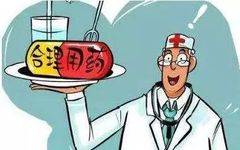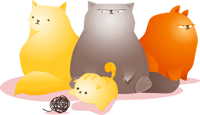
Pharmacist Ding Ding has previously introduced tablet and capsule forms; today we will explore the commonly used solid dosage forms of powders and granules.
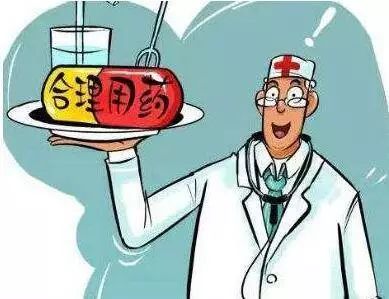
1. Powder Form (Sanji)
A powder form refers to a dry powder preparation made by grinding and uniformly mixing raw medicinal substances with suitable excipients, widely used in clinical practice.
Powders are mainly divided into oral powders, such as Aka Fen San (Headache Powder) and Montmorillonite Powder for diarrhea; there is also a type of topical powder, such as Bing Bor San for treating oral ulcers.
Advantages:
1. Easy to disperse and quick to take effect.
2. When used externally, it covers a large area and has protective and astringent effects.
3. Dosage is easy to control, convenient for special populations such as infants and the elderly.
4. Convenient for packaging, storage, transportation, and carrying.
Usage Notes:
Topical powders are suitable for treating ulcers and wounds; they can be directly sprinkled on the affected area or mixed with liquids such as tea, yellow wine, or sesame oil to form a paste for application. However, powders used for burns, severe wounds, or essential clinical topical powders must meet sterile requirements.
Oral powders are generally fine powders for easier consumption by children and the elderly; they should not be taken too quickly, and the single dose should be appropriate. After taking the medicine, avoid excessive drinking to prevent dilution of the drug, which may reduce its efficacy.
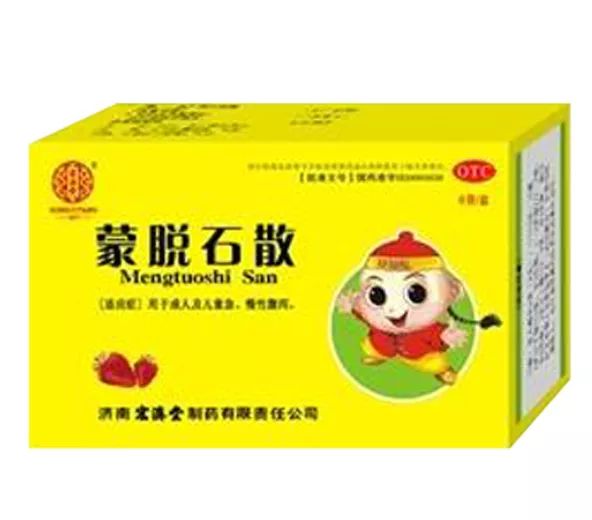
2. Granule Form (Ke Li)
Granule form refers to a dry granular preparation made by mixing medicinal substances with suitable excipients, designed for oral use, such as the commonly seen San Jiu Gan Mao Ling Granules.
Advantages: Convenient to take, with high patient compliance. Suitable for the elderly, children, and patients with swallowing difficulties.
Usage Notes:
1. Granules should be taken with warm water, ensuring the medicine is completely dissolved to fully utilize the active ingredients.
2. If some granules do not dissolve, they should still be consumed.
3. Chinese herbal granules should not be taken in iron or aluminum containers to avoid affecting efficacy.
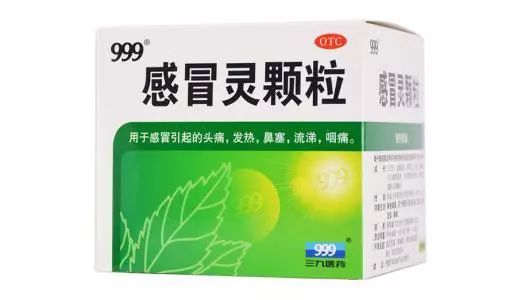
Author: Pharmacy Department, Liangjiang First Hospital, Zhou Chunqiao

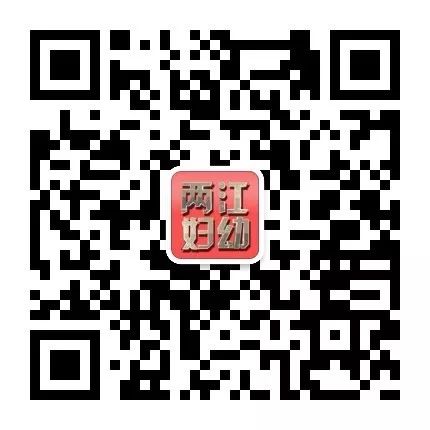
You will definitely have a cat.

